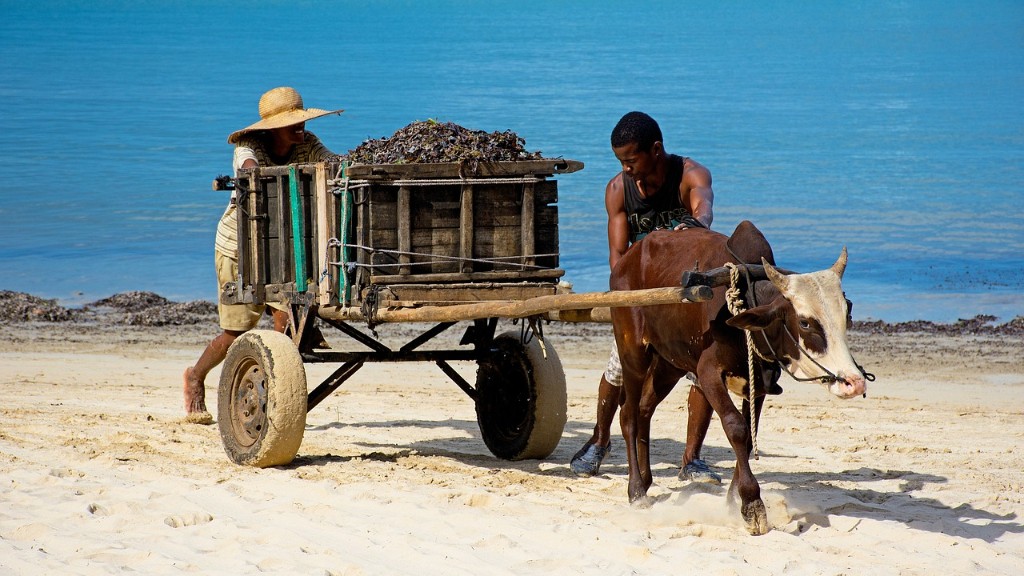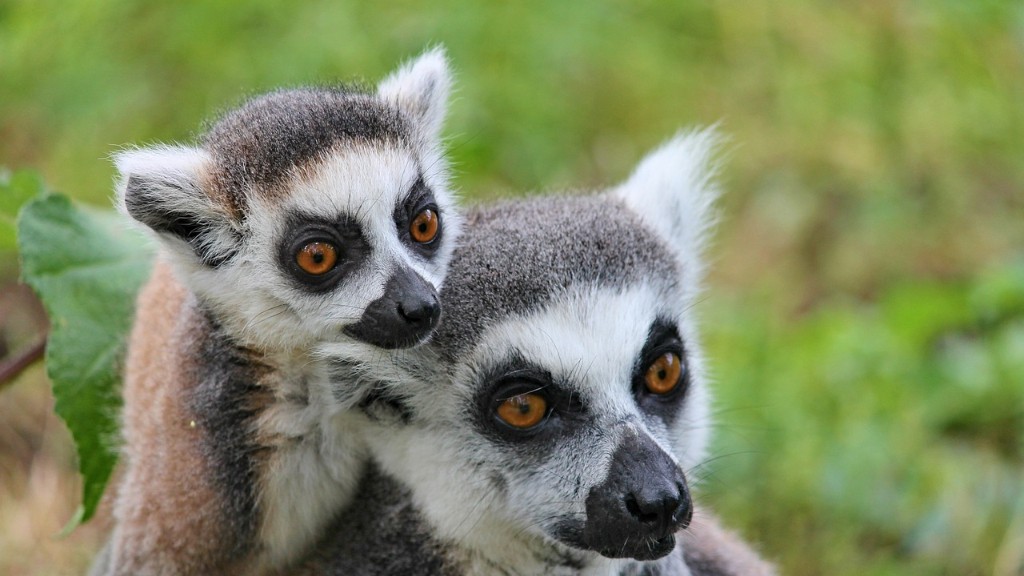Is Madagascar Inhabited by Humans?
Madagascar, the fourth largest island in the world, situated off the southeastern coast of Africa, has long intrigued people with its unique wildlife and flora. While there is no doubt that Madagascar is home to a wide array of animal species, the question of whether humans inhabit the island requires closer examination.
The Human Population of Madagascar
Yes, Madagascar is indeed inhabited by humans. With a population of over 26 million people, according to the latest estimates by the World Bank, Madagascar is home to one of the most diverse ethnic groups in the world. The Malagasy people, the island’s native population, are primarily of Austronesian origin, but also have significant African, Arab, and European influences.
Initially settled between the 1st and 6th centuries CE by seafarers from Borneo and Southeast Asia, Madagascar later saw waves of migration from Africa, particularly from East Africa and the Arabian Peninsula. These migrations greatly contributed to the ethnic diversity found in present-day Madagascar.
The Cultural Heritage and Lifestyle of the Malagasy People
The Malagasy people have a rich cultural heritage that blends elements of Asian, African, and Arab traditions. This unique mix is evident in their language, music, dance, and cuisine. The official language, Malagasy, is of Austronesian origin, while French is also widely spoken.
Traditionally, the Malagasy people lived in rural communities and depended on agriculture for their livelihoods. Rice, the staple food of Madagascar, is cultivated alongside other crops such as cassava, maize, and yams. However, the population is gradually shifting towards urban areas, leading to increased opportunities and challenges in terms of economic development and infrastructure.
The Environmental Importance of Madagascar
Madagascar is renowned for its exceptional biodiversity, as well as its significant number of endemic species. It is estimated that around 80% of the island’s plant and animal species are found nowhere else on Earth. The human presence on the island poses both opportunities and threats to this unique ecosystem.
One of the main challenges facing Madagascar is deforestation, primarily driven by the need for agricultural land and the production of charcoal for cooking. This has led to the decline of habitats for many species and increased the vulnerability of endemic animals, such as lemurs, to extinction. Efforts are being made by local and international organizations to promote sustainable land use practices and protect Madagascar’s natural treasures.
Economic Development and Tourism Opportunities
Madagascar’s economy, predominantly agricultural, faces various obstacles, including limited infrastructure, political instability, and inadequate access to education and healthcare. Nonetheless, the country possesses significant economic potential.
With its stunning landscapes, unique wildlife, and vibrant cultural heritage, Madagascar is increasingly attracting tourists from around the globe. Tourism has the potential to contribute to economic growth, job creation, and conservation efforts. However, the balance between sustainable tourism and preserving the delicate ecosystems must be carefully managed to ensure their long-term viability.
The Future of Madagascar
As Madagascar continues to navigate through social, economic, and environmental challenges, it is essential to prioritize sustainable development and the preservation of its natural resources. Through responsible tourism, international collaborations, and continued efforts to strengthen governance and infrastructure, Madagascar can strive towards a future that benefits both its human inhabitants and the remarkable flora and fauna that call the island home.


